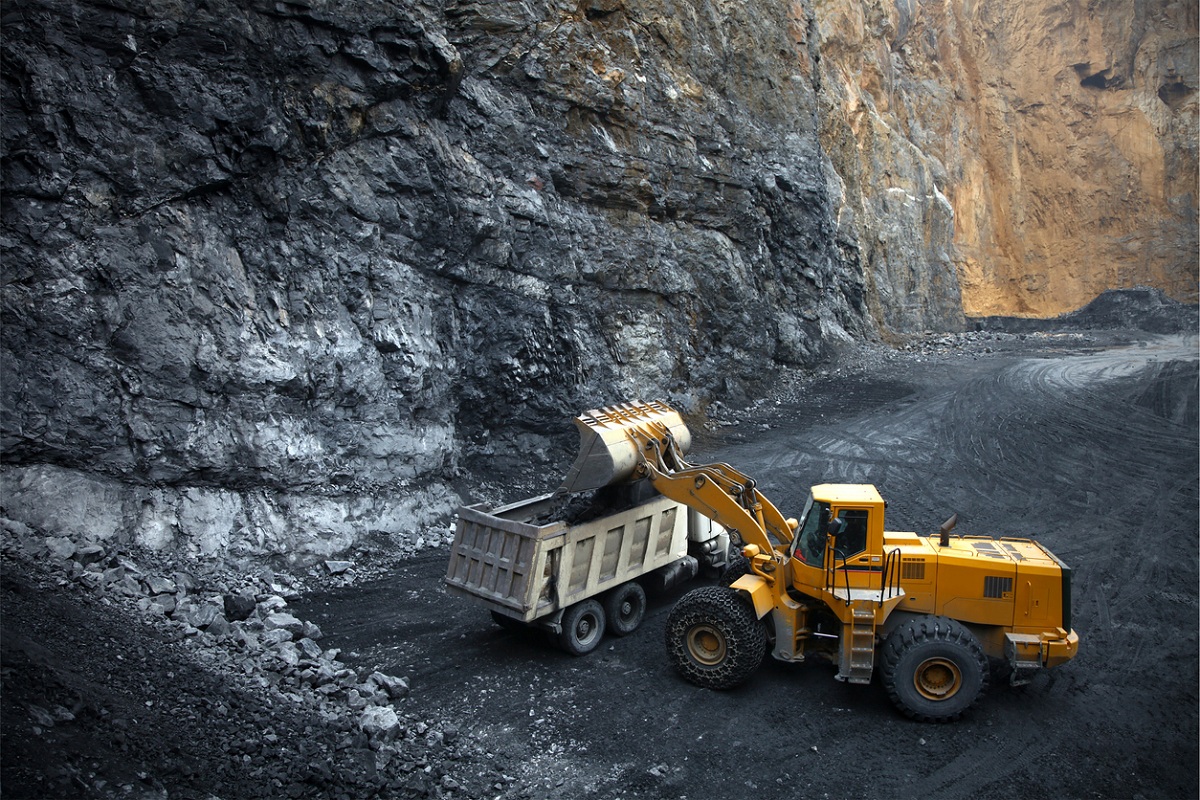Brave man confronts crocodile, survives in Odisha
He is now on the path of recovery after escaping the claws of death.
Odisha’s Mineral revenue has reached Rs 38,075 crore in 2022-23 providing the state adequate cushion for developmental spending, the official said.

(Representational Image: iStock)
Odisha has contributed 41.9 per cent of total mineral production (excluding fuel oil and atomic minerals) in the country during 2022-23, said an official of steel and mines quoting Indian Bureau of Mines report.
Odisha’s Mineral revenue has reached Rs 38,075 crore in 2022-23 providing the state adequate cushion for developmental spending, the official said.
There exists a continued thrust and opportunity in diversification of manufacturing industries. The list of Approved Sectors for investment in Odisha increased from 13 in 2015-16 to 32 in 2023-24, which covers new age investment areas in the likes of Aerospace and aircrafts, Green Energy and equipment, Specialty Chemicals, ESDM, Green Hydrogen and derivatives, data centres, technical textiles etc.
Advertisement
The present pattern of industrialisation has a high capital intensity ratio resulting in lower employment, the official said quoting Odisha Economic Survey.
The State is endowed with vast resources of a variety of minerals and occupies a prominent place in the country as a mineral rich State.
Occupying an important position on the country’s map, the rich minerals reserves of Odisha constitute 28% iron ore, 24% Coal, 59% Bauxite and 98% Chromite of India’s total deposits.
Abundant reserves of high-grade Iron ore, Bauxite, Chromite, Manganese ore along with other minerals such as Coal, Limestone, Dolomite, Tin, Nickel, Vanadium, Lead, Graphite, Gold, Gemstone, Diamond and Decorative Stone etc. are extensively available in the State.
This has opened up immense possibilities for establishment of mineral based industries for manufacture of Steel, Ferro-alloys, Cement, Alumina/ Aluminium, Refractories, Thermal Power etc., along with setting up other auxiliary and ancillary downstream industries.
In sharp contrast to rich reserves of mineral wealth, people living in the mining belts of the State continue to languish in poverty.
Advertisement